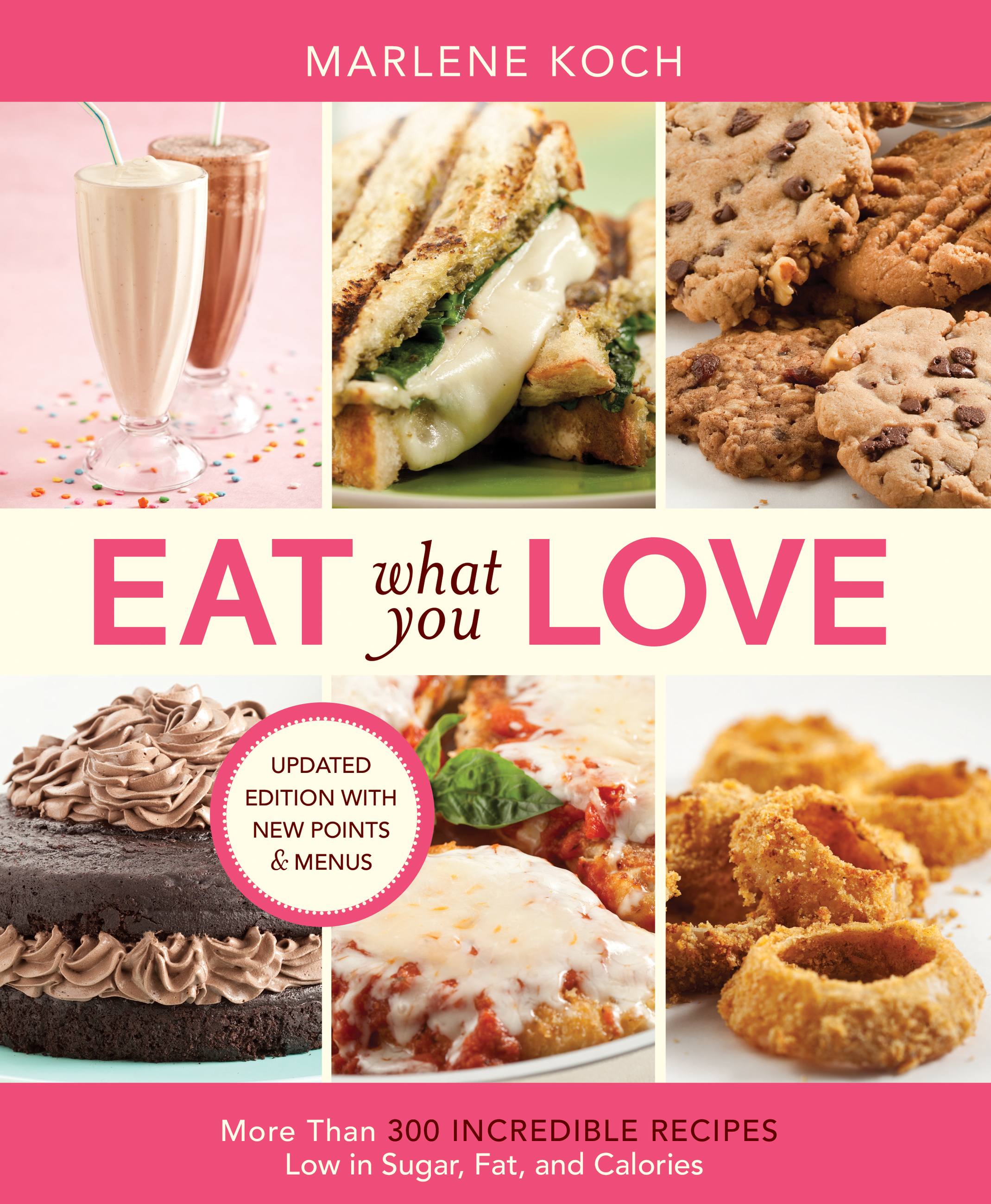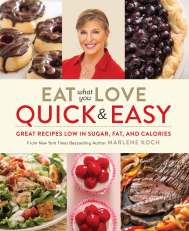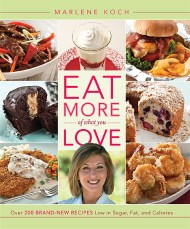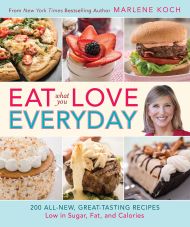Promotion
25% off sitewide. Make sure to order by 11:59am, 12/12 for holiday delivery! Code BEST25 automatically applied at checkout!
By clicking “Accept,” you agree to the use of cookies and similar technologies on your device as set forth in our Cookie Policy and our Privacy Policy. Please note that certain cookies are essential for this website to function properly and do not require user consent to be deployed.
Eat What You Love
More than 300 Incredible Recipes Low in Sugar, Fat, and Calories
Contributors
By Marlene Koch
Formats and Prices
- On Sale
- Apr 6, 2010
- Page Count
- 448 pages
- Publisher
- Running Press
- ISBN-13
- 9780762440283
Price
$13.99Price
$17.99 CADFormat
Format:
ebook $13.99 $17.99 CADThis item is a preorder. Your payment method will be charged immediately, and the product is expected to ship on or around April 6, 2010. This date is subject to change due to shipping delays beyond our control.
Buy from Other Retailers:
Enjoy all the delicious foods you love — guilt free! Over 300 easy, healthy recipes for everyone’s favorite foods that taste great!
Imagine being able to effortlessly cut sugar, slash fat and calories, and curb excess carbs — all while enjoying the delicious foods you love. You can! With more than one million of her “amazing” cookbooks sold, New York Times bestselling author Marlene Koch is a “magician” when it comes to creating healthy recipes with crave-worthy taste.
With over 300 quick & easy, family-friendly recipes like cheesy Skillet Chicken Parmesan, crispy Oven-Baked Onion Rings and Unbelievable Chocolate Cake, this book is perfect for everyone (and every diet!). A proven guide for weight loss, diabetes, and simply utterly delicious everyday eating, this updated edition includes:
- Everyday comfort foods, family favorites, and amazing recipes inspired by popular restaurants such as Jamba Juice (Berry Berry Lime Smoothie), Chili’s ® (Beef Fajitas), and Panda Express ® (Quicker-than-Take-Out Orange Chicken!)
- Dozens of sensational dessert recipes like Amazing Peanut Butter Cookies (with 5 ingredients) and Key Lime Cheesecake “Cupcakes” that everyone can enjoy
- Healthy cooking tips, easy-to-find ingredients and nutrition information for every recipe with smart points comparisons and diabetic food exchanges
Newsletter Signup
By clicking ‘Sign Up,’ I acknowledge that I have read and agree to Hachette Book Group’s Privacy Policy and Terms of Use






